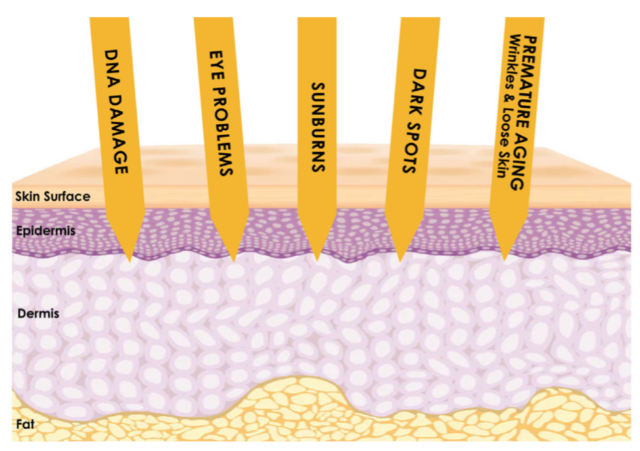UV RAYS FROM THE SUN CAUSES DNA DAMAGE, WHICH LEADS TO SKIN CANCER, EYE ISSUES AND PREMATURE AGING.
 The five-year survival rates for patients diagnosed with melanoma are:
The five-year survival rates for patients diagnosed with melanoma are:
- 99 percent when the cancer is localized
- 74 percent when the cancer has spread nearby
- 36 percent when the cancer has metastasizedNearly 20 Americans die from melanoma every day. Nearly 8,000 Americans are expected to die of melanoma in 2023.ASK ABOUT OUR AcuPROBE testing for melanoma, spitz nevus, and melanoma comprehensive are available. Cutaneous Lymphoma workup, including Bone Marrow and Lymph Node Analysis, are performed in conjunction with our Hematopathology Division
Skin Cancer is the MOST common of all cancer types.
According to the American Cancer Society®, more than 5 million skin cancers are diagnosed and treated each year in the United States. That’s more than all other cancer’s combined. With the diagnosis rate increasing over the past few decades, proper prevention is key.
Common Skin Cancer statistics:
Most skin cancers are basal and squamous cell skin cancers and are by far the most common of all types of cancer. Death from basal and squamous cell skin cancers is uncommon.
Melanoma accounts for only about 1% of skin cancers but causes a large majority of skin cancer deaths. The American Cancer Society’s estimates for melanoma in the United States for 2023 are: About 97,610 new melanomas will be diagnosed (about 58,120 in men and 39,490 in women). About 7,990 people are expected to die of melanoma (about 5,420 men and 2,570 women).
Current estimates are that one in five Americans will develop skin cancer in their lifetime.
The incidence of skin cancer among non-Hispanic White individuals is almost 30 times higher than that among non-Hispanic Black or Asian/ Pacific Islander individuals. Skin cancer in patients with darker skin tones is often diagnosed in its later stages, when it’s more difficult to treat.
Excess exposure to UV radiation from sunlight or use of indoor tanning also increases risk for all skin cancer types, as does a personal history of the disease.
A person’s risk doubles if he or she has had five or more sunburns.
This information is for educational purposes only.


